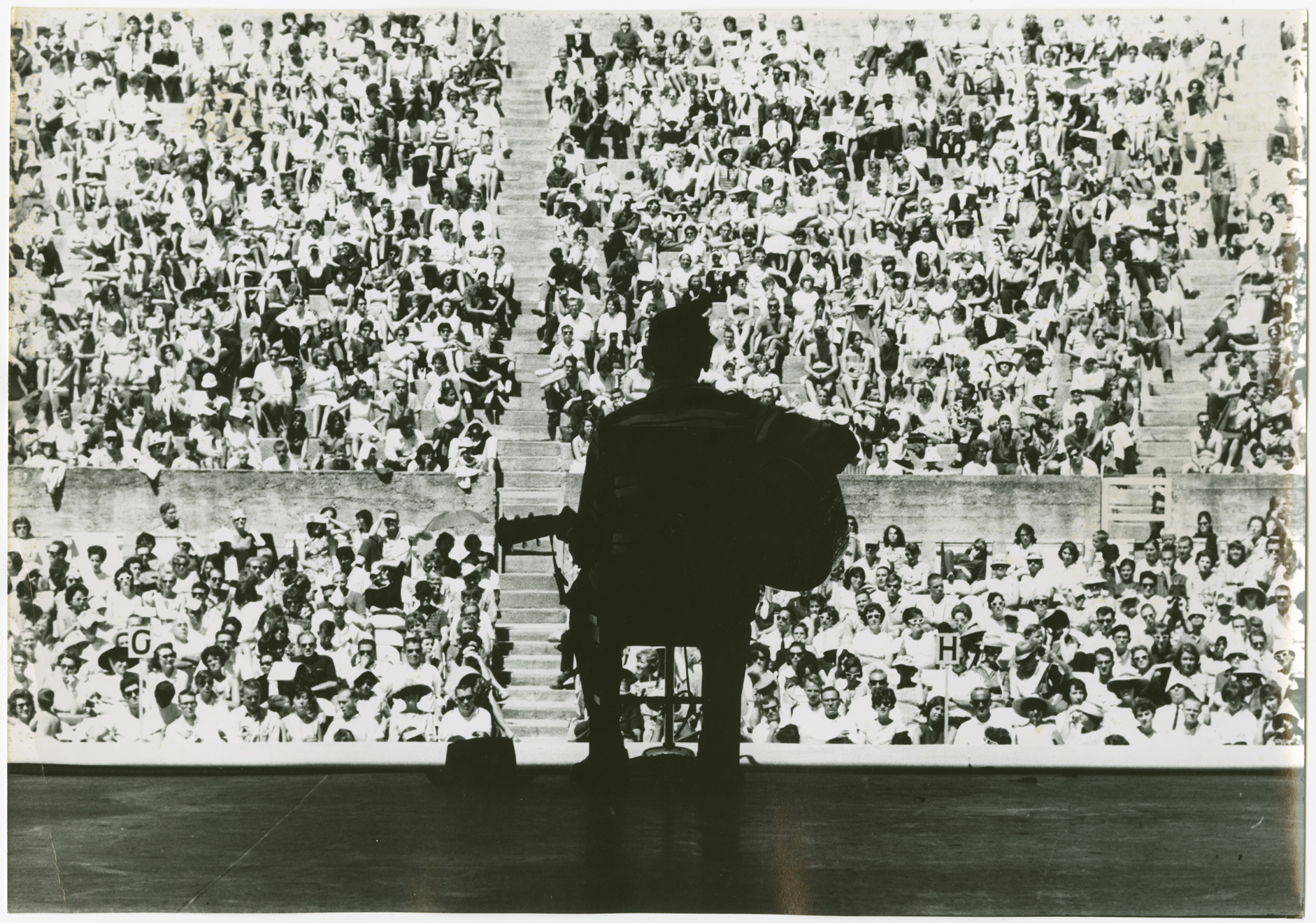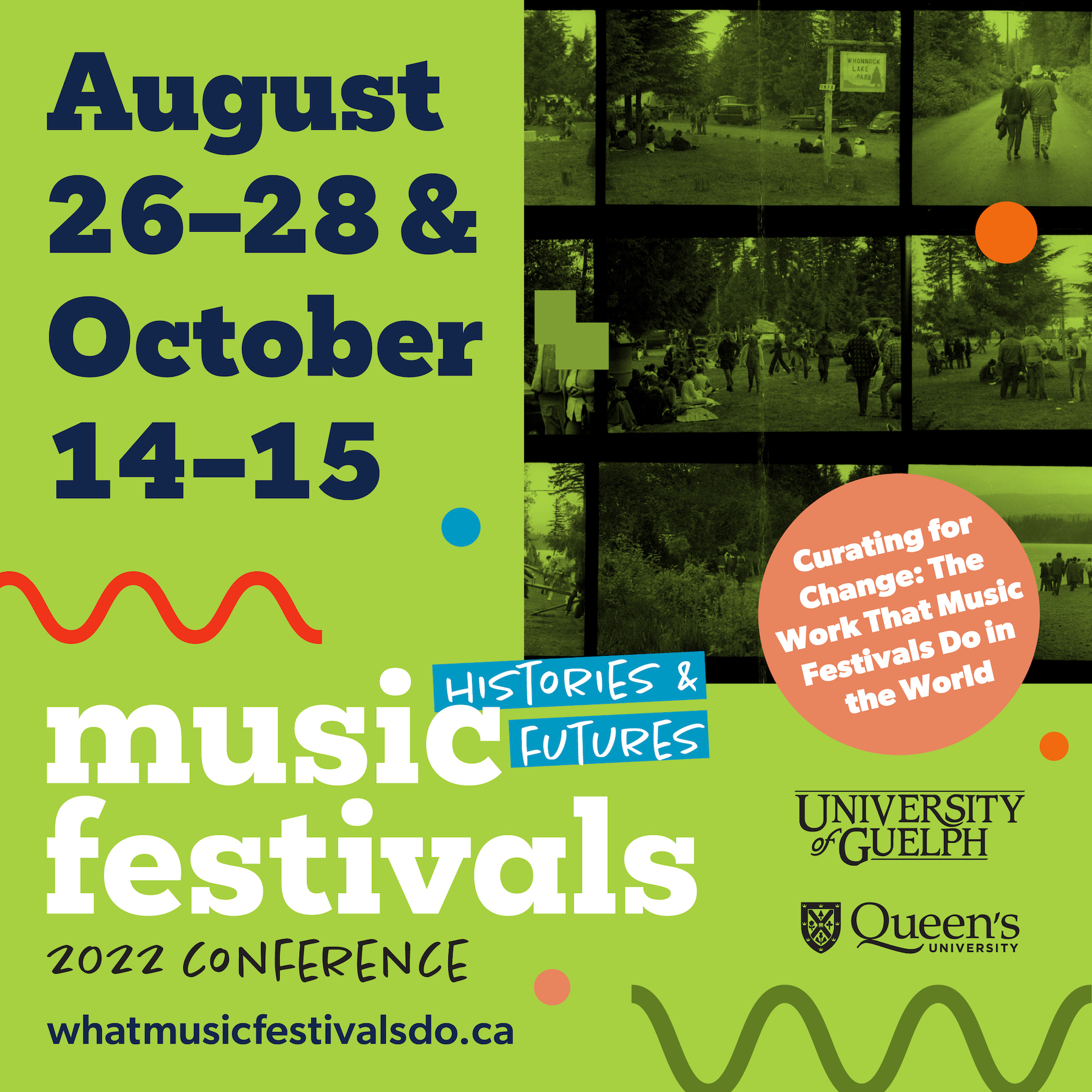region, race, expertise & digitization at the berkeley folk music festival project @ curating for change: the work that music festivals do in the world virtual conference, saturday, 14 october 2022.

On Saturday, 14 October 2022, 4pm EDT, I will be presenting a talk, “Mance Lipscomb’s Silhouette: Region, Race, Expertise, and Digitization at the Berkeley Folk Music Festival Project,” at the Curating for Change: The Work that Music Festivals Do in the World Virtual Conference co-organized by the International Institute for Critical Studies in Improvisation at the University of Guelph and the Department of History at Queen’s University, with the support of sponsors and partners from across Canada. The two-part conference looks to be a wonderful virtual gathering. To register, visit the Eventbrite page: whatmusicfestivalsdo.eventbrite.com.
On Archives and Digital History (4:00 p.m. to 4:45 p.m. EDT)
Chair: Greg Marquis (Department of History and Politics, University of New Brunswick)
“Mance Lipscomb’s Silhouette: Region, Race, Expertise, and Digitization at the Berkeley Folk Music Festival Project” – Michael Kramer | State University of New York-Brockport | USA
The Berkeley Folk Music Festival took place at least once a year between 1958 and 1970 on the campus of the University of California in Berkeley. The archive of the festival, now fully digitized, presents a rich trove of over 30,000 artifacts—with a particularly evocative collection of over 10,000 photographs. These allow us to consider the stakes of the 1960s folk music revival—its cultural history, social dynamics, political implications, relevance to the broader study of musical festivity, and status as digitized material—from the understudied perspective of the West Coast folk music revival in the United States.
Starting with a dramatic image of the Texas songster and bluesman Mance Lipscomb at the Hearst Greek Theater on the UC campus in 1963, this presentation probes the ways in which the Berkeley Festival sought to reconfigure ideas of expertise and wisdom in the United States. By moving previously marginalized people to center stage at a preeminent public university campus, the Berkeley Festival challenged ideas of who and what deserved recognition in the Jet Age context of California during the height of both the Cold War and the African American civil rights movement. Yet this move was not without its problems. The Berkeley Festival asserted that figures such as Mance Lipscomb had as much to offer as any prestigious UC faculty member; but so too, at times silhouettes could overshadow people such as Lipscomb themselves. They could create temporary, festive agoras of expanded, inclusive participation, but they could not achieve permanent institutional or social transformation.
This talk asks if digital history tactics of inquiry help us to see—and hear—these historical processes more vividly. Which is to say, when all we have is the archival silhouette of an immersive but ephemeral sonic and sensory event, how do we recover and study its legacies and meanings most effectively and evocatively? From Mance Lipscomb’s silhouette to ethnomusicologist Charles Seeger’s hearing aid to Georgia Sea Island Singer Bessie Jones’ silver brocade to Sam Hinton’s nose flutes to Jesse Fuller’s fodella to Jerry Garcia’s gaze, we shall consider some ways we might grapple digitally with musical festivity way out West at the Berkeley Folk Music Festival.
